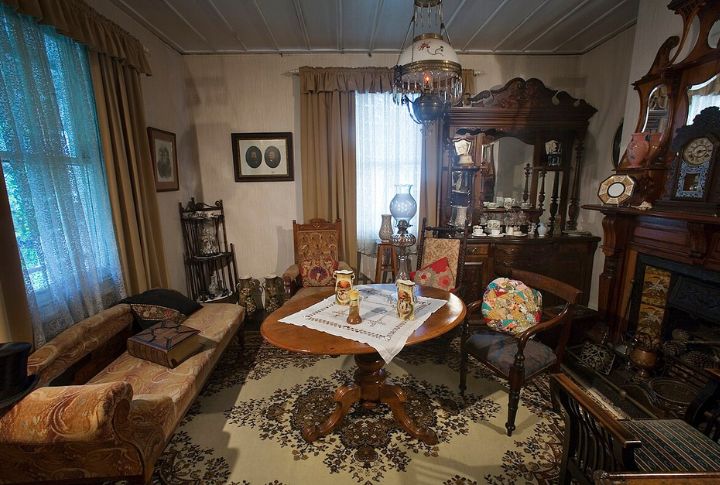
Value is a tricky thing. Antiques that once promised fortune are now gathering dust. Shifting trends and too many copies have left these former treasures far from their glory days, even if they still hold sentimental worth. How many are you keeping? It’s time to figure it out.
Hummel Figurines

These porcelain kids barely fetch $15 if we put aside the rare ones. But back in the post-war boom, everyone loved Hummel figurines. Their sweet faces graced shelves across America. Too many circulations led to too little interest, and their charm stopped bringing cash.
Non-Key Comic Books
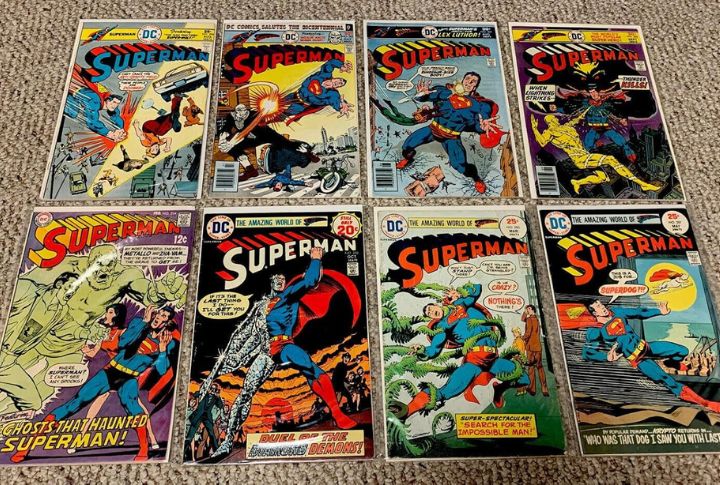
Do you think your stack of ‘80s and ‘90s comics would sell for hundreds of dollars? The reality is they cost pennies, excluding first appearances or rare issues. There are millions of copies in the world, which makes them more nostalgic reads than valuable assets.
Royal Doulton Figurines
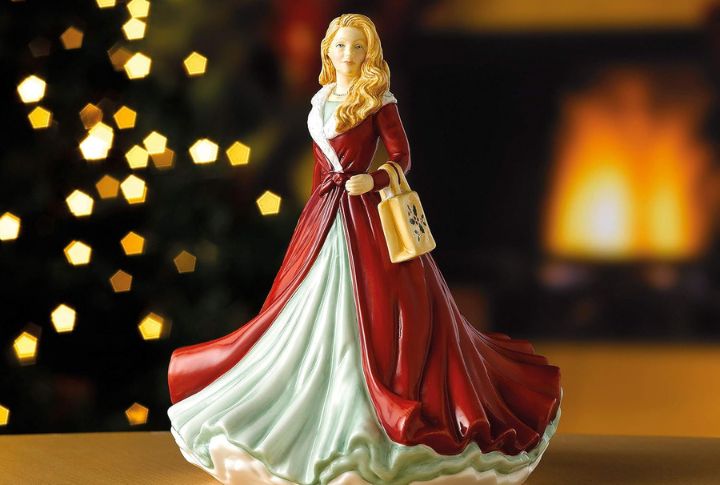
Are you protecting your grandma’s favorite porcelain ladies? You should know that they’re having a hard time keeping up with modern trends. Sure, the Royal Doulton figurines are delicate and detailed. Unfortunately, they are not rare enough. Another $25 find.
Pressed Glassware
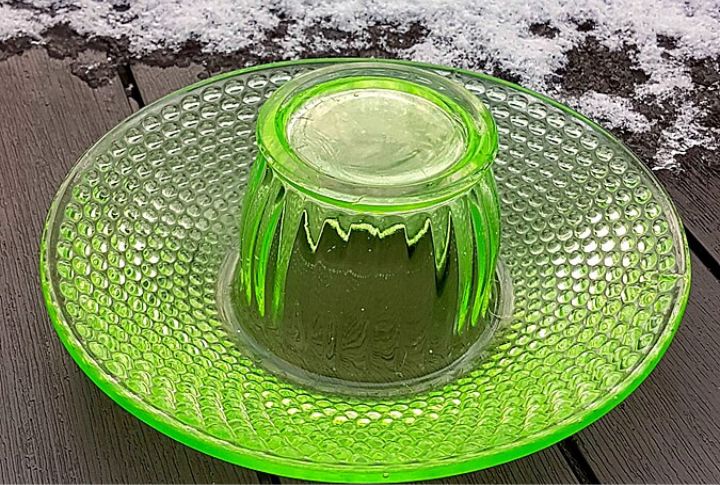
The affordable cousin of fine crystal, pressed glass was everywhere when it was new. Today, its sheer abundance sinks its worth. Common patterns barely sell, while unique designs rarely break $10. Collectors just aren’t impressed with pressed glassware anymore.
Franklin Mint Collectibles

In the ‘70s, Franklin Mint promised treasure with every limited-edition coin or plate. The catch? They weren’t that limited. Soon, the hype faded, and the supply ballooned. Since then, those “precious” pieces often sell for less than the shipping cost you paid back then.
Antique Sewing Machines
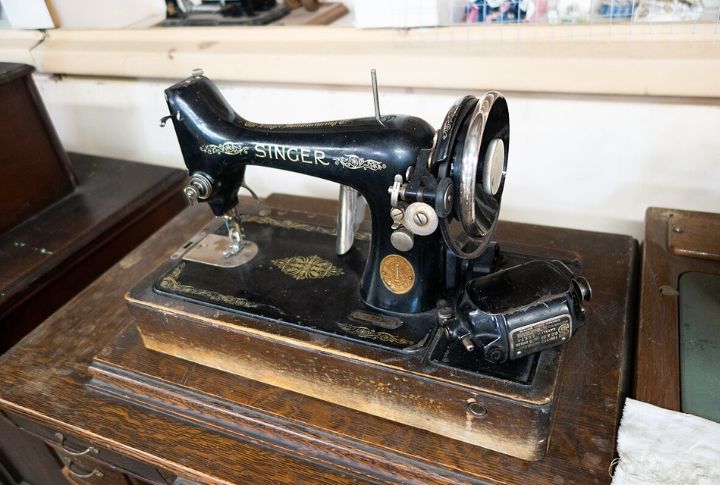
Practicality got lost in nostalgia here. If yours isn’t rare or working, the machine is stuck in limbo. Antique sewing machines don’t pull in high bids anymore. Earlier, a Singer sewing machine used to be a household workhorse—or an heirloom to pass down.
Avon Bottles
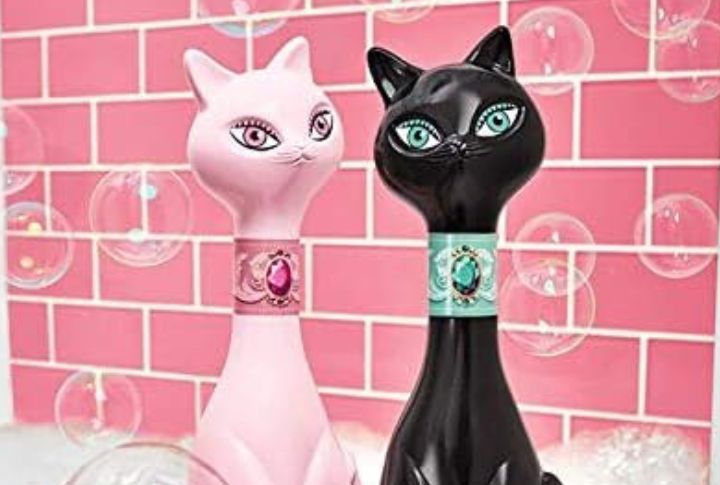
Perfume bottles shaped like cats and cowboys felt like future gold. Avon collectors held on tight, expecting a payoff. Sadly, the novelty didn’t equal value. Instead, those Avon bottles have become thrift store regulars that rarely sell for more than $5.
Depression Glass
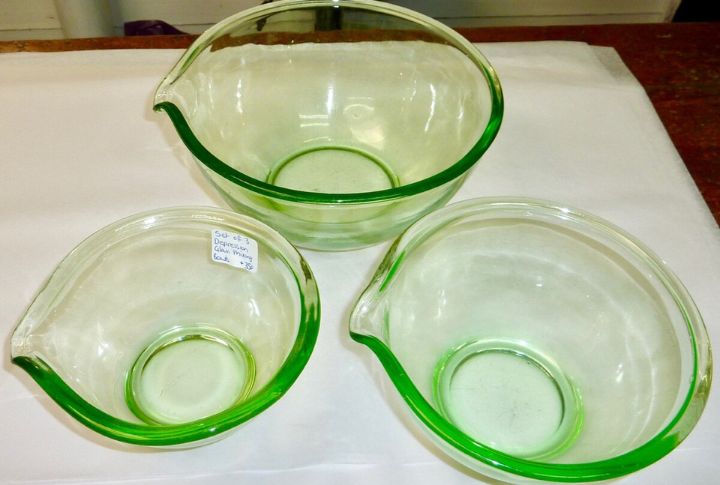
Even pristine sets of depression glass struggle to break the $20 mark. They brightened gloomy kitchens during the Great Depression with their pink and green colors. Millions were produced, and most patterns are too common to excite modern enthusiasts.
Victorian Furniture
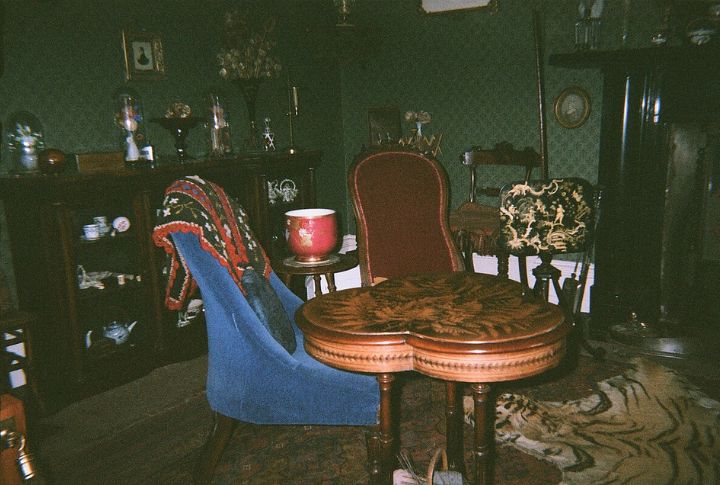
Have you got a creative Victorian sideboard? With today’s minimalist taste, it would look bulky and out of sync. Victorian furniture doesn’t fit homes easily anymore. If you’ve got an exceptionally rare design, you’re lucky. Otherwise, expect more groans than offers.
Silver-Plated Flatware
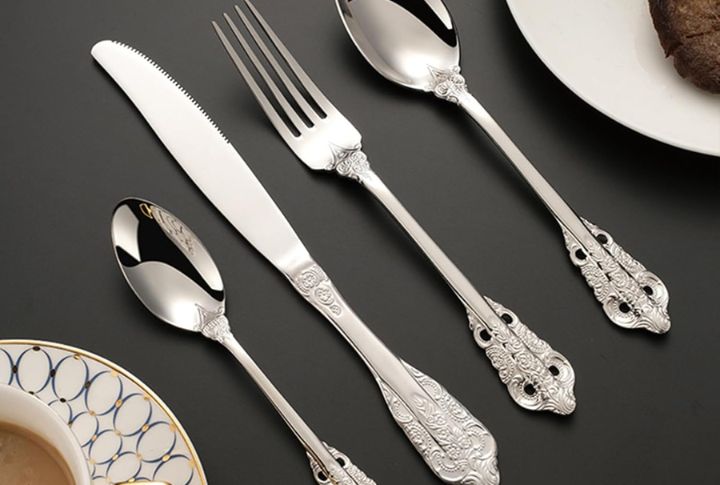
This tableware dazzled dinner tables as it sparkled. Sets that were gifted with pride are now barely worth a meal at your favorite diner. Why? Because that shine hides a truth. Silver-plated flatware isn’t pure silver, and modern buyers know it.
Vintage Medical Equipment

Old stethoscopes and surgical tools used to be niche collectibles. Since safety is a priority and there is a limited collector base, they have tanked their value. Pieces with historical importance might cash out, but most sit unsold and are overshadowed by modern equipment.
Milk Glass
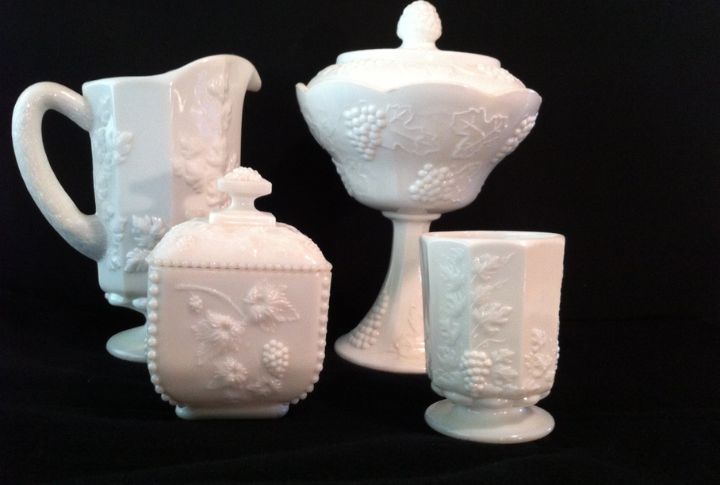
White, glossy, and endlessly reproduced, milk glass was a common item in mid-century homes. If it’s not a unique piece, most milk glass items are worth little more than pocket change. Milk glasses are so abundant that even newbie collectors pass them by.
Vintage Postcards
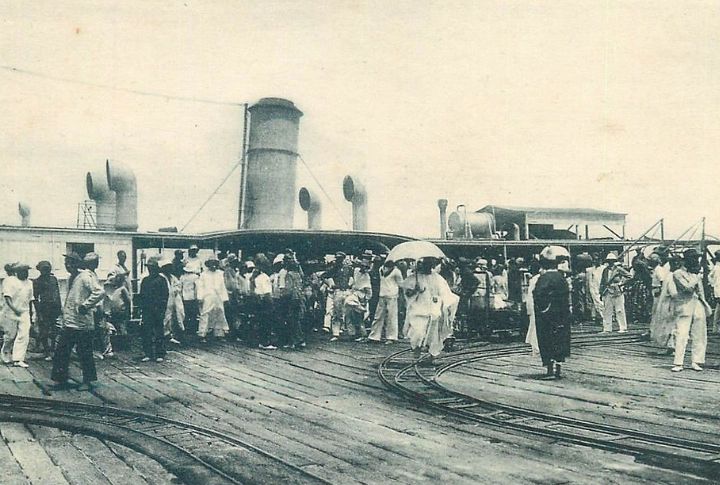
A century ago, postcards were tiny windows to the world. In 2024, they taught us that common views and greetings don’t matter unless they capture a unique historical event. Most vintage postcards still struggle to sell for more than a dollar.
Beanie Babies

In the late ‘90s, people thought these plush toys were gold mines. Limited editions promised future riches. Now? Shelves are stuffed with them, and most sell for $5 or less. Only a rare few still fetch anything close to valuable.
Cabbage Patch Kids

Hope to find a rare, first-edition kid, or wait for an offer of $20 at best. Once, parents fought to buy these dolls for their kids right there at the stores. It’s a surprise that they can’t even start a bidding war at the moment. The childhood craze vanished quickly.
Old Encyclopedias
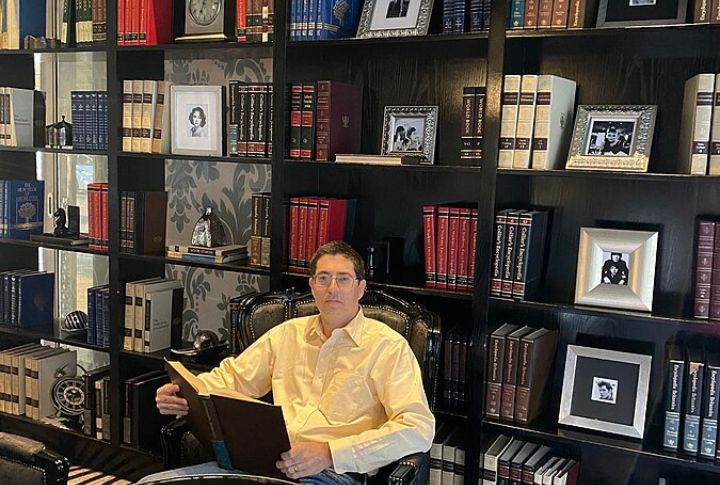
People loved having hardbound sets of encyclopedias in their homes. Currently, they’re merely pages of books from the pre-Google era. Even in good condition, most are practically worthless. Thrift stores and libraries are overflowing with these, and many sets end up in recycling bins.
Commemorative Plates
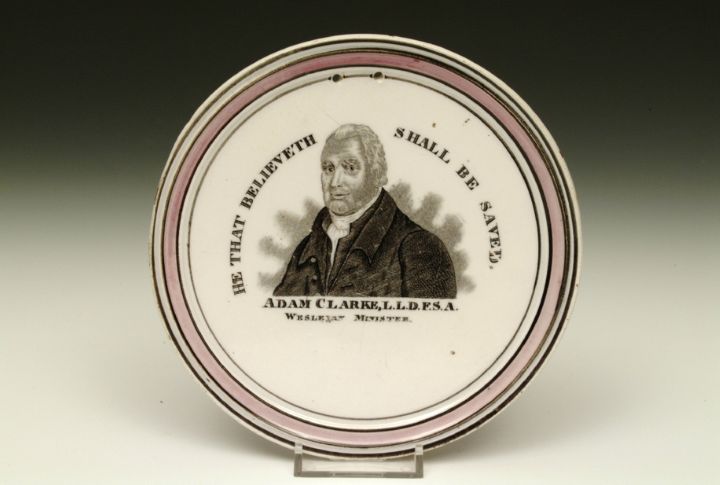
Did you know these decorative plates were imagined as collectors’ gold at some point? Limited runs, famous faces—they had it all. When the market got flooded with commemorative plates, demand dropped. $10 or less is what they’re worth as of now.
Lladro Figurines
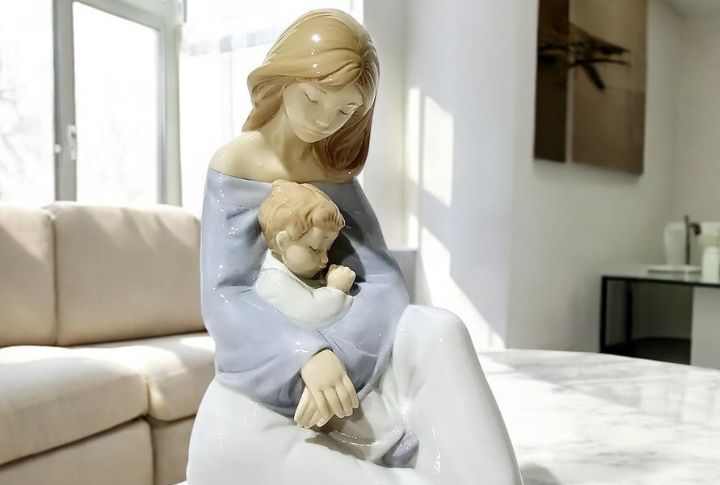
Graceful and intricate, these sculptures were used to grace the living rooms with pride. Unfortunately, nobody likes to hear their story anymore. Unless you have a rare or discontinued piece, most Lladro figurines fetch far less than their original purchase price.
Coal Scuttles
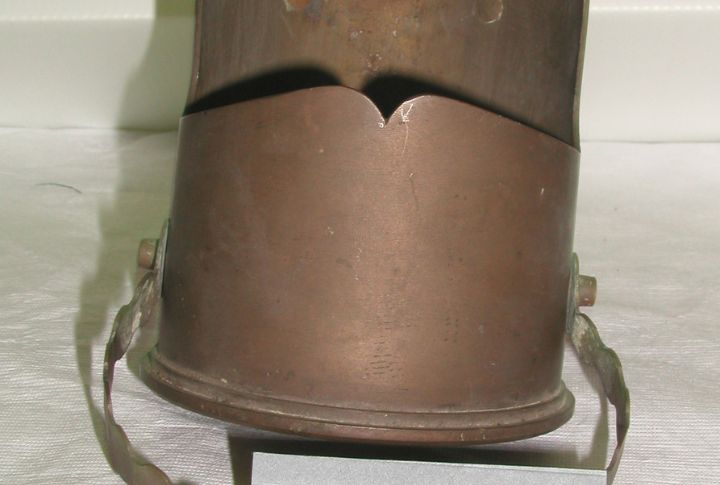
Modern heating and cleaner aesthetics have left coal scuttles collecting dust instead of dollars. It doesn’t matter if yours has a delicate design. It’s just tough to find buyers for this one. In the old days, however, these Victorian coal buckets were fireplace necessities.
Norman Rockwell Prints
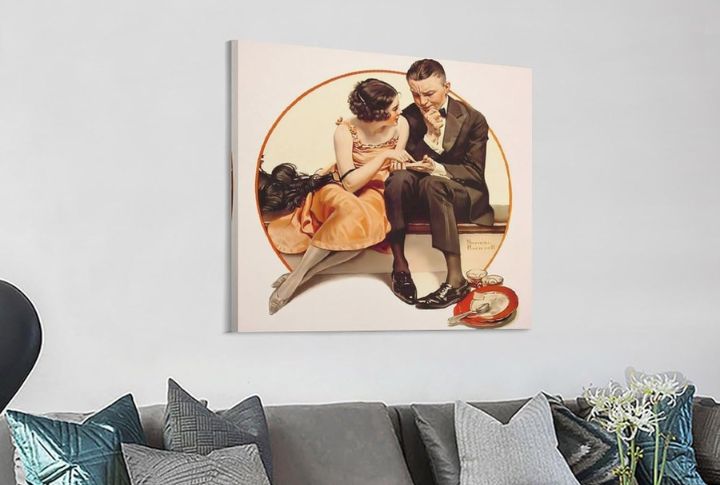
Rockwell’s heartwarming scenes once hung in homes across America. It was again the mass production that killed the rarity of an item. If it’s not original, the print would typically sell for $10 or less—only sentimental value is what you can enjoy here.
